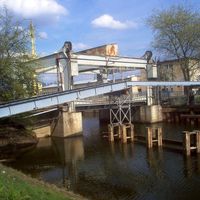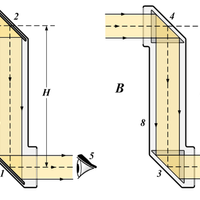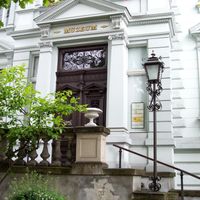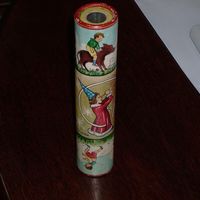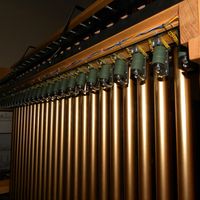Nowa Sól
7.11
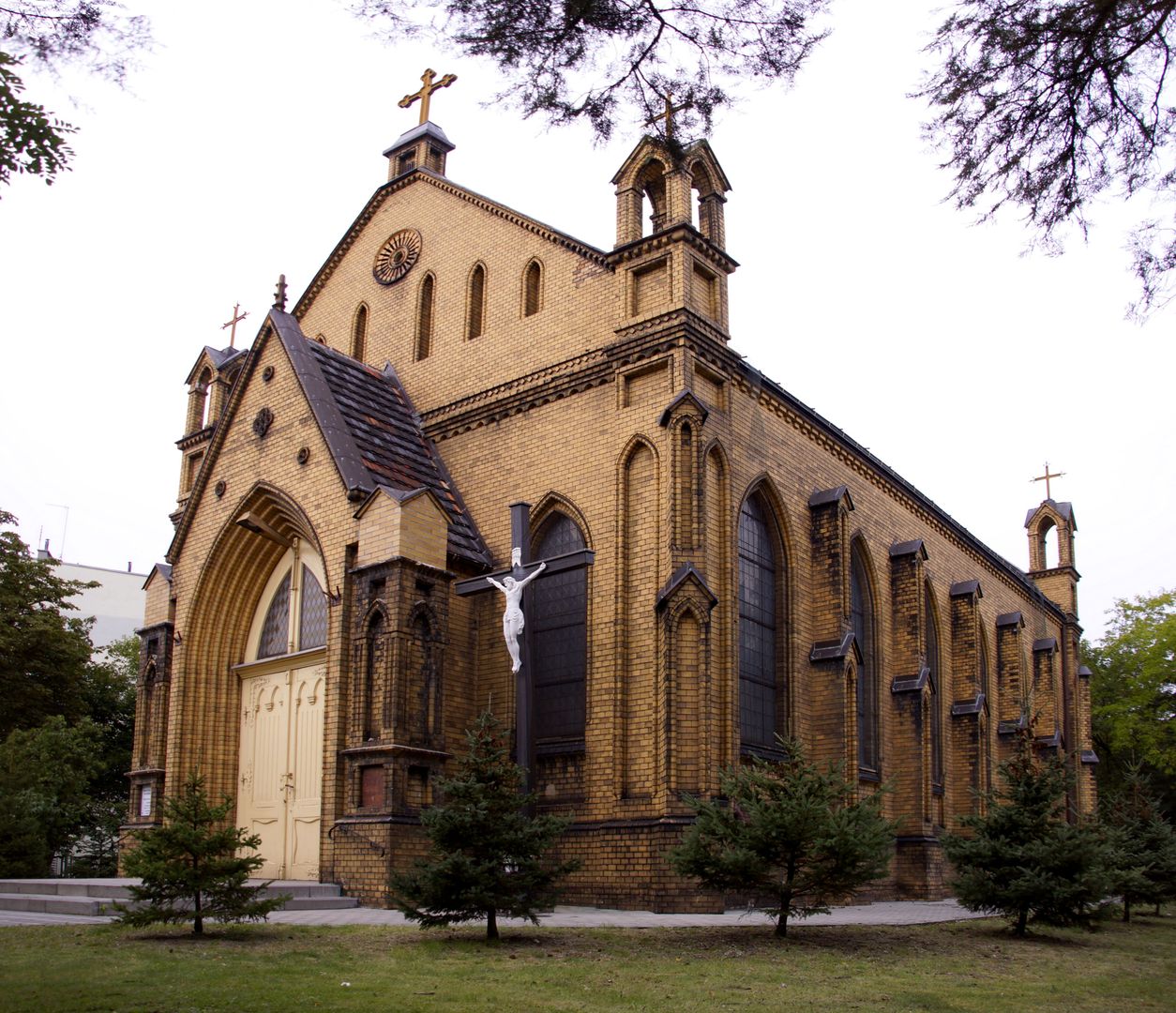
Overview
Nowa Sól, known in German as Neusalz an der Oder, is a town in western Poland, located in the Lubusz Voivodeship on the Oder River. It is home to approximately 38,000 people, making it the third most populous town in the region after Zielona Góra and Gorzów. The town boasts a rich history dating back to the 16th century, when a salt works operated here, contributing to its industrial development. After the Thirty Years' War, due to the closure of the port of Szczecin, the salt industry declined. However, from the 19th century onward, Nowa Sól experienced a new boom, becoming a center for textile and metallurgical production. In the 20th century, particularly during World War II, the town was used to establish forced labor camps. In 1945, after the entry of the Red Army, Nowa Sól was incorporated into Poland, and the German population was displaced.
Modern-day Nowa Sól is a dynamic industrial center with developed construction, metal, automotive, and service sectors, benefiting from favorable transport connections, including water, road, and rail links. Notable architectural landmarks include the Church of St. Michael the Archangel from 1596, the Evangelical Church, and a 19th-century urban-architectural complex. There is also a 19th-century gasworks complex and a unique lifting bridge over the port canal from 1927.
Sports culture is also thriving in Nowa Sól, with several active clubs, including the football team "Dozamet" and the volleyball team MKST Astra. The town is home to various religious communities, including Catholic, Evangelical, and others, reflecting its social diversity. Nowa Sól maintains international relations as a partner to cities such as Achim, Senftenberg, and Veszprém.
An interesting fact is that industrial plants in Nowa Sól produce specialized products, including garden figurines, which are highly popular in Germany. Currently, Nowa Sól is undergoing a revitalization process of post-industrial areas, promising further development and an improved quality of life for its residents.
Location
2025 Wizytor | All Rights Reserved
